By Andrew Siyabalawatte and Sumaiya Farheen, Oct 2023.
Degenerative Disc Disease (DDD) is a common condition where the spinal discs lose flexibility, hydration, and cushioning over time. This natural aging process can lead to stiffness, pain, and discomfort in the lower back or neck. While DDD is not always symptomatic, some individuals experience persistent pain that interferes with daily activities.

Compressed nerves are linked with some causes of back pain, typically through a bulging disc or sciatica. Back pain is a well-known, worldwide epidermic.
According to The Lancet, 619 million people worldwide had low back pain in 2020—nearly 10% of the global population. By 2050, this number may rise to 843 million.
Surgery focuses on removing parts of the spine (disc or bone) to alleviate pressure of the nerve/s. It is well documented that spine decompression surgery has potential risks of nerve injury and paralysis. Among those who undergo lumbar decompression surgery, about 1 in 20 to 1 in 100 people may experience a new bout of numbness or weakness in one or both legs due to the operation.
Back Decompression, Naturally

Given the risks of surgery, it is crucial to explore alternative options unless it is absolutely necessary. Fortunately, in this blog, we will further examine natural methods for achieving spinal decompression.
The ‘Traction’ Method To Achieve Spinal Decompression
Devised through an evidence based method, spine traction is a form of decompression therapy that relieves pressure off the spine, non-surgically.
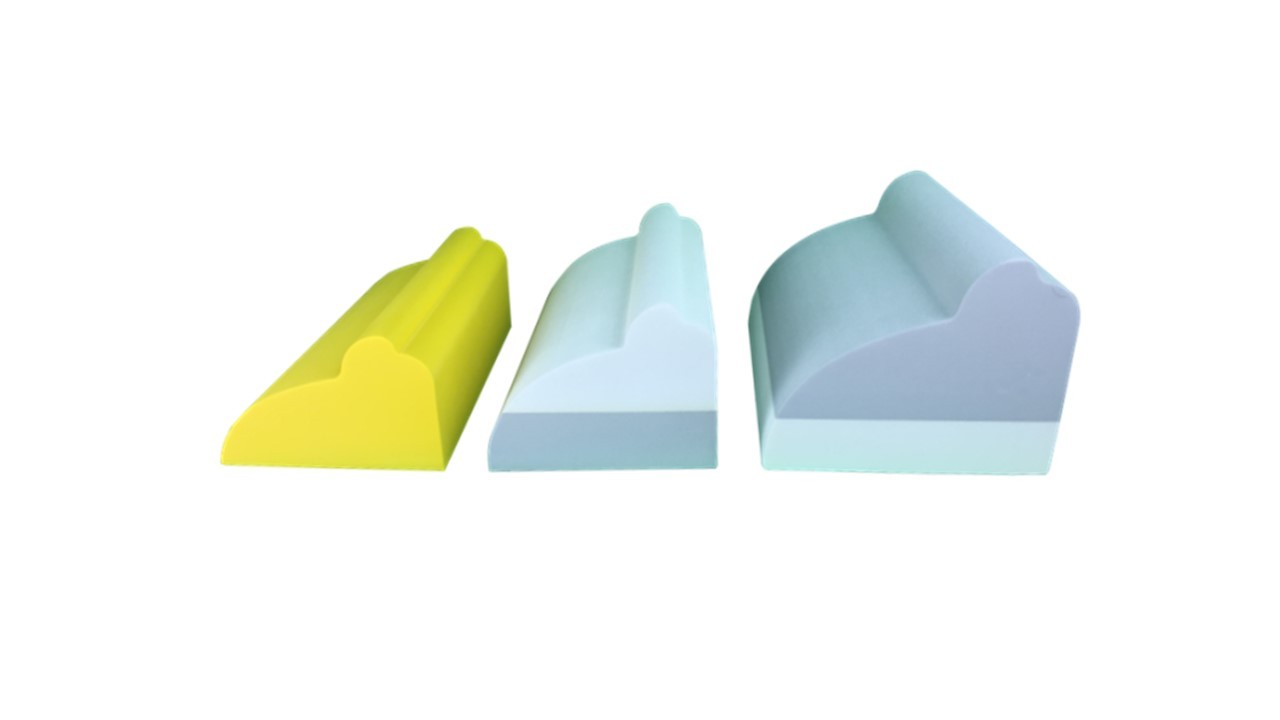
People apply spinal traction manually using a device (as shown in the image above) that gently stretches the spine and surrounding tissues, relieving pressure on compressed discs and, as a result, alleviating pressure on compressed nerves.
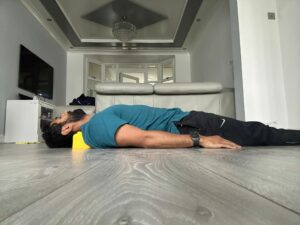
This method of traction gradually enhances the body’s ability to heal itself and regain proper mobility as it restores the spine’s natural curve.
“No Downside, Minimal Risk”
There are no long-term risks of spinal traction. Some side effects may occur during or afterwards. It is possible to experience muscle spasms after traction as the soft tissues try to return back to their original position. Some have pain in the treated areas.
A True Cure For Back Pain

The natural curve in the neck and lower back can change as a result of our environment, be it sitting or standing at a desk for several hours at a time. The Degenerative Disc Disease is more of a repetitive load of sitting jobs can build weaknesses in the spine, leading to back pain.
The spine decompression device focuses on stretching the spine following a long working day. This daily practice will train the spine to become better at managing the daily exposure to it’s environment.
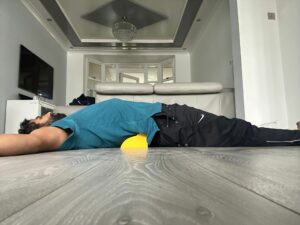
You can use the back decompression device to help your spine return to its ideal curvature, relieving pain and reducing the risk of nerve, ligament, and muscle damage in the short and long term future. By cultivating good postural awareness and an active interest in your general health and wellness, you can avoid and resolve Degenerative Disc Disease
Kyphosis, Lordosis, Scoliosis and The Benefit Of Traction
Postural imbalances (kyphosis, lordosis, scoliosis).Lordosis and kyphosis refer to the natural curves of the spine.
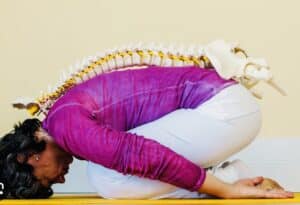
The lumbar spine, as viewed from the side, should have a natural ‘C’ curve. Lifting injuries, falls, poor posture, and poor ergonomics all contribute to abnormal Lumbar Lordosis.

Kyphosis involves an excessive curve of the middle spine resulting in an abnormal rounding of the upper back. The traction device can reduce the curve in the middle spine, ultimately improving conditions causing Degenerative Disc Disease.
Scoliosis
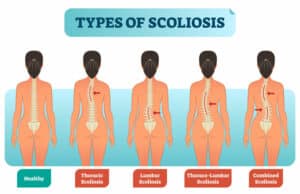
A scoliosis is a curve towards the side of your body, with combined side-bending and rotating movements of the spine. From the back, the spine will appear to form a C or S shape.
Spine decompression can be used to to stretch the ligaments that surround a stiffened scoliosis in order to improve spinal flexibility (see image below)
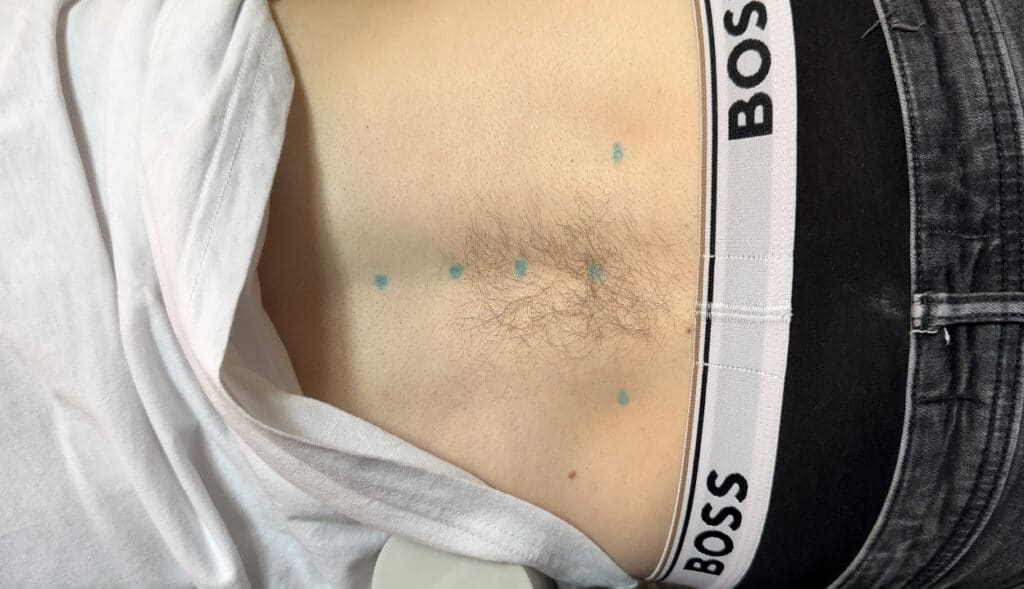
The image above shows the resting position with the decompression device creating a specific bending point, allowing muscles and ligaments to stretch.
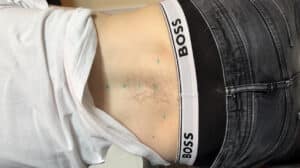
This image shows the straightening of the spine. This practice over time will help to retrain a more natural position the spine.
Strengthening Exercises For Scoliosis and Spine Decompression
A particular focus following spine decompression, is to improve core stability. Improved core stability will improve posture more importantly develop stronger muscles to help stabilize the spine.
Book Your Pilates Class with us.
Conditions That Benefit From Spinal Traction

Spine traction is a therapeutic technique that finds its utility in a range of conditions. It’s particularly effective for patients with bulging discs, degeneration in the spine, and sciatica. By gently stretching the spine, it helps reduce pressure on nerves, reducing pain and promoting healing. Additionally, if applied appropriately, spinal traction can be beneficial for those with spinal stenosis, spondylolisthesis, or facet joint syndrome.
Improve Your Posture with Our Free E-Book
Proper posture plays a crucial role in spinal health, particularly for those suffering from Degenerative Disc Disease. Download our Back Posture Corrector E-Book for expert guidance on maintaining a healthy spine and reducing discomfort.
What Is The Difference Between Spinal Traction And Bucks Traction?
They both serve different purposes. Spinal traction focuses on the spine, gently stretching it to relieve pressure on spinal discs and nerves, for conditions like disc bulges and sciatica.
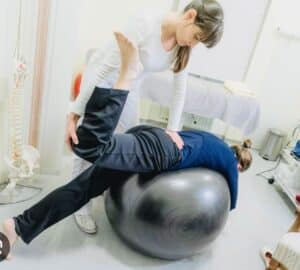
Buck’s Traction, on the other hand, focuses on lower limb problems like hip fractures (break in the hip joint). It uses weight and pulleys to fix the lower limbs, improving alignment and alleviating pain. These techniques have unique benefits, tailored to the patient’s specific needs and condition.
Spine Assessment
If you are still not sure whether you can benefit from this natural approach, get in touch. We can help to take away the guess work. If you do benefit from this model, we will show you what you need to do to relieve symptoms and improve posture for the short and long term.
If you’re unsure whether spinal traction or other non-surgical options are right for you, we can help. A professional spine assessment can determine the best approach for symptom relief and long-term spinal health.
Book your assessment today and take the first step toward a healthier back.

